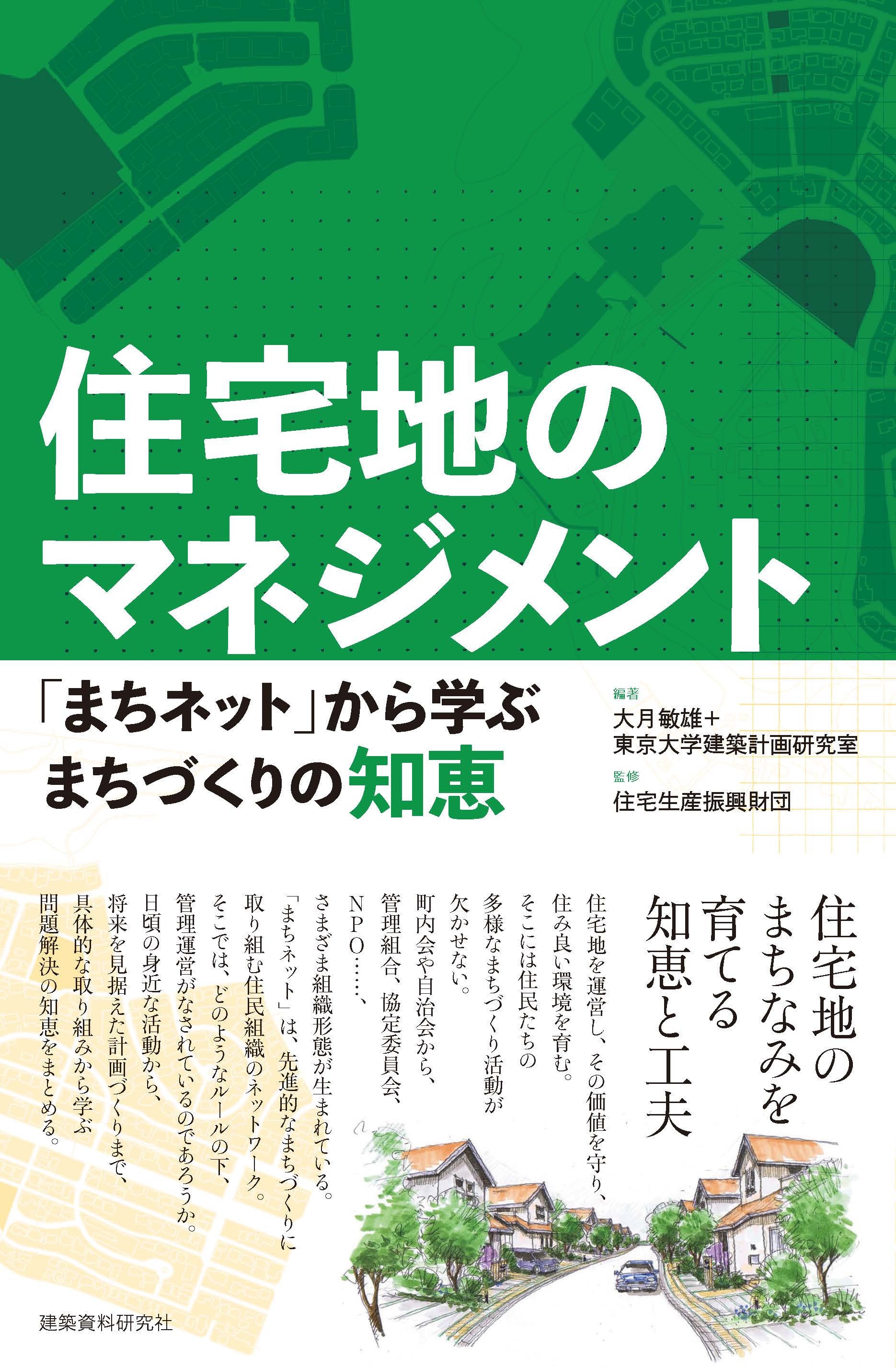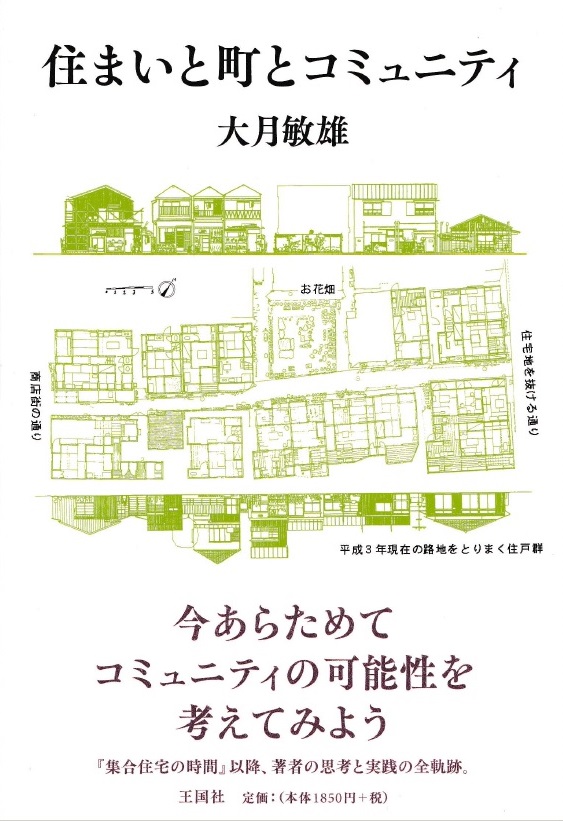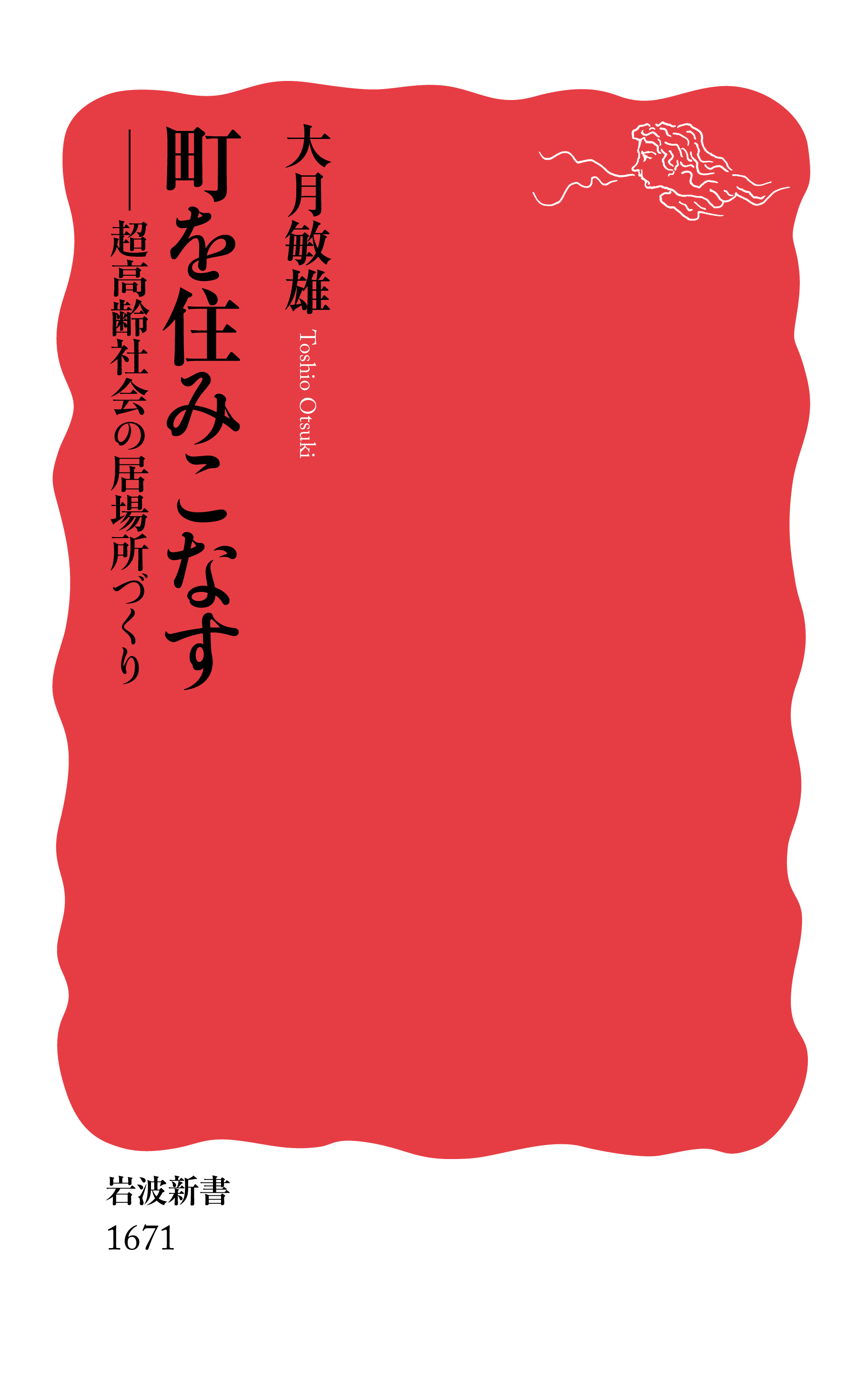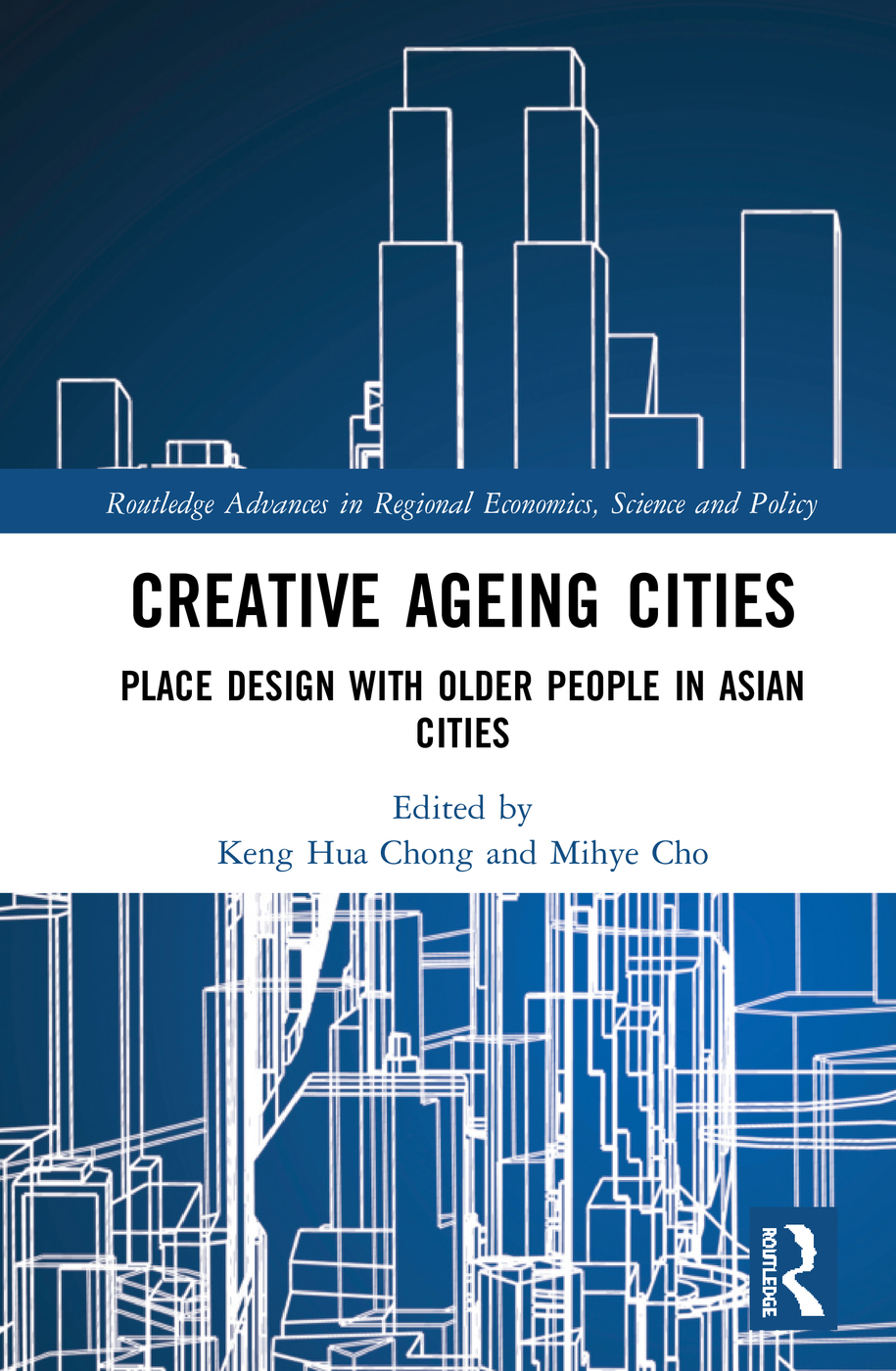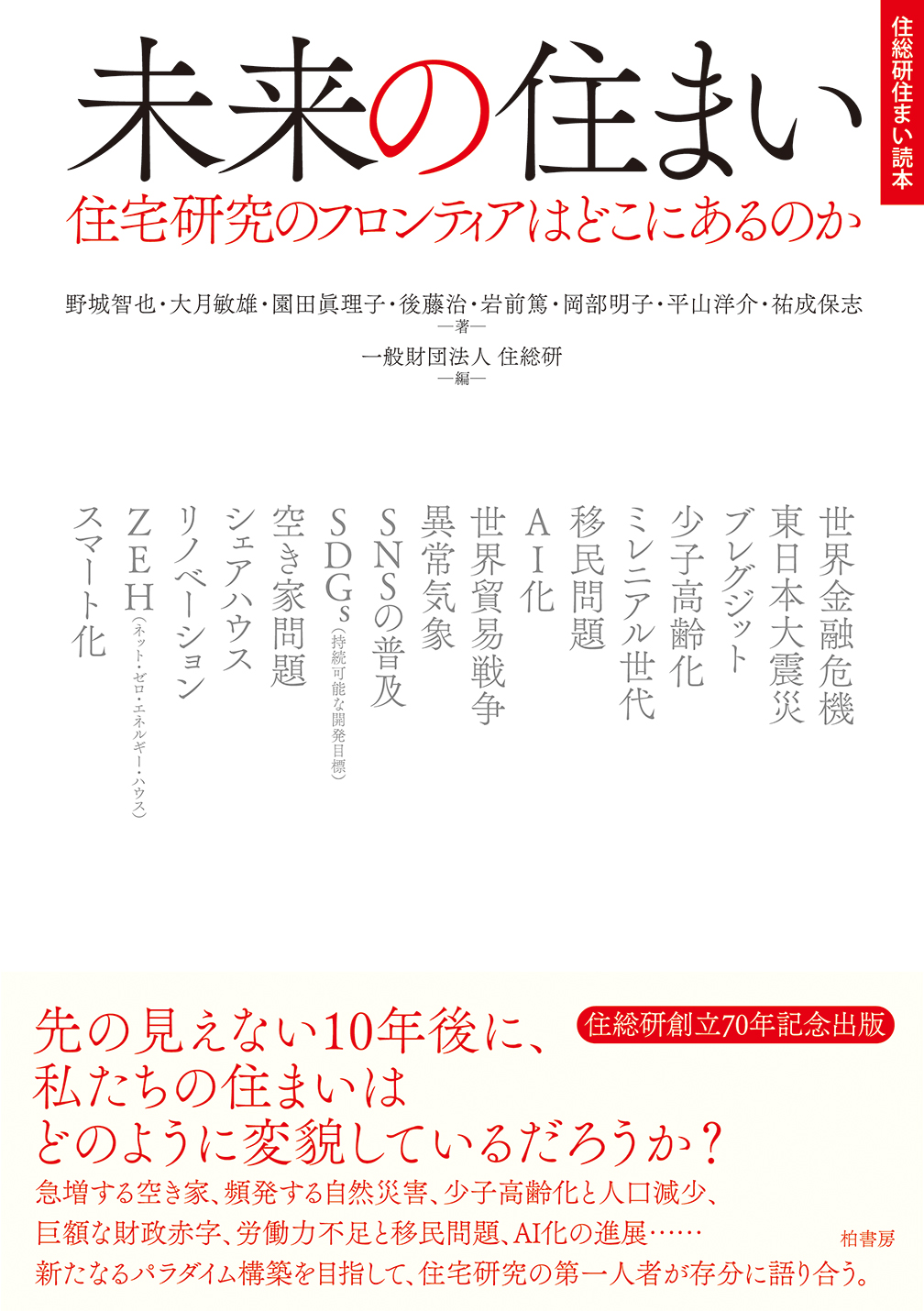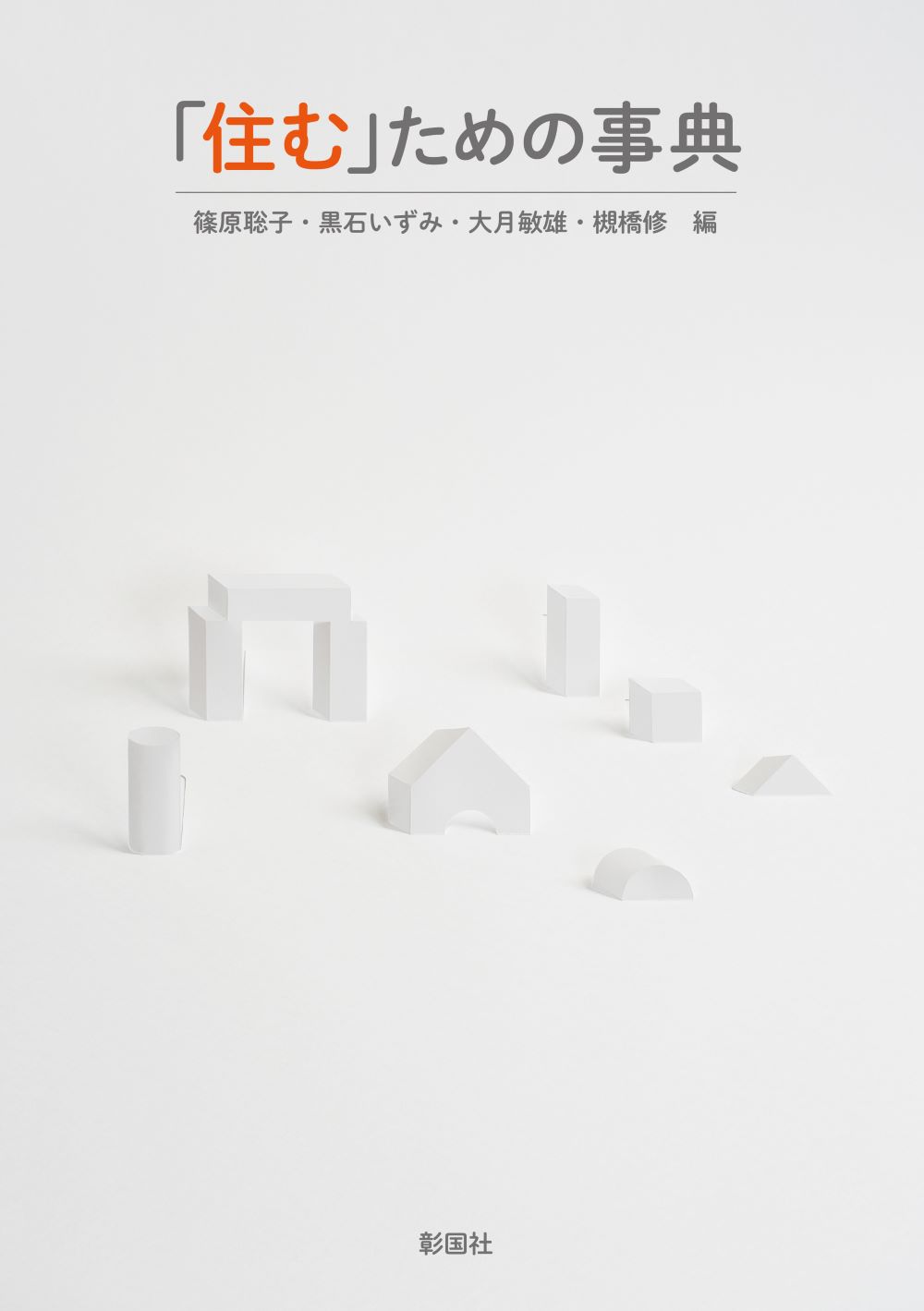
Title
“SUMU” Tameno Jiten (A Dictionary for Dwelling)
Size
224 pages, A5 format
Language
Japanese
Released
April, 2020
ISBN
978-4-395-32068-4
Published by
SHOKOKUSHA Publishing
Book Info
See Book Availability at Library
This book was compiled by the principal members of the editorial committee of the Journal of Architecture and Building Science, published by the Architectural Institute of Japan. These individuals served on the committee for two years in 2014 and 2015. The reviewer was also a committee member. The Journal of Architecture and Building Science is a prestigious specialist publication. The first issue was published in 1887 (Meiji 20), and the most recent issue, as of this writing, namely the January 2025 issue, was the 1,796th. The academic organization now known as the Architectural Institute of Japan was established in 1886 as the Society of House Building. It received its present name in 1947. Incidentally, the present-day Department of Architecture in the Faculty of Engineering of the University of Tokyo can be traced to 1877 (Meiji 10) when the School of Engineering was established and the Society of House Building Department was opened to train architects. The Society of House Building was founded subsequently by persons who were involved in its namesake precursor, which was Japan's first department dedicated to the study architecture. The journal has maintained the same name since the release of its first issue.
When Satoko Shinohara, a professor at Japan Women's University (and presently the president of the university and an architect), was the editor-in-chief of the journal, she adopted the editorial concept of “thinking from the perspective of dwelling.” This concept is premised on the idea that although buildings have a wide variety of forms, from small huts to huge skyscrapers, many have historic origins in dwellings. Buildings that are not houses can be thought of as externalizing, specializing, and group-processing the daily activities traditionally performed in dwellings. Therefore, an effective approach to reexamining architecture would be to first ask what it is like to dwell in a house.
When the journal’s editorial committee members were contemplating the 24 unique magazine issues released during our tenure, we discussed the concept of “housing” from various angles and realized that there was no comprehensive catalog-style book on the subject. To fill this gap, we decided to take inspiration from the Whole Earth Catalog, published in 1968, which dominated the world at that time by providing humanity with a perspective on the information and relativization of global consumerism.
For a parallel reason, we created a “dictionary for thinking about living” that comprises chapters such as “With Whom Do You Dwell?” “Where Do You Dwell?” “How Do You Dwell?” “Dwelling With Facilities” and “Dwelling With Information.” Ordinary encyclopedias use noun-based categories to explain related matters. This encyclopedia is a cognitive tool that guides readers to recognize the breadth of the act of dwelling regardless of when, where, and how one is performing the verb “to dwell.”
Read this book when you are reviewing your living situation or (re)designing your home. It will help you realize that there are many ways of living in the world.
(Written by OTSUKI Toshio, Professor, School of Engineering / 2025)



 Find a book
Find a book


